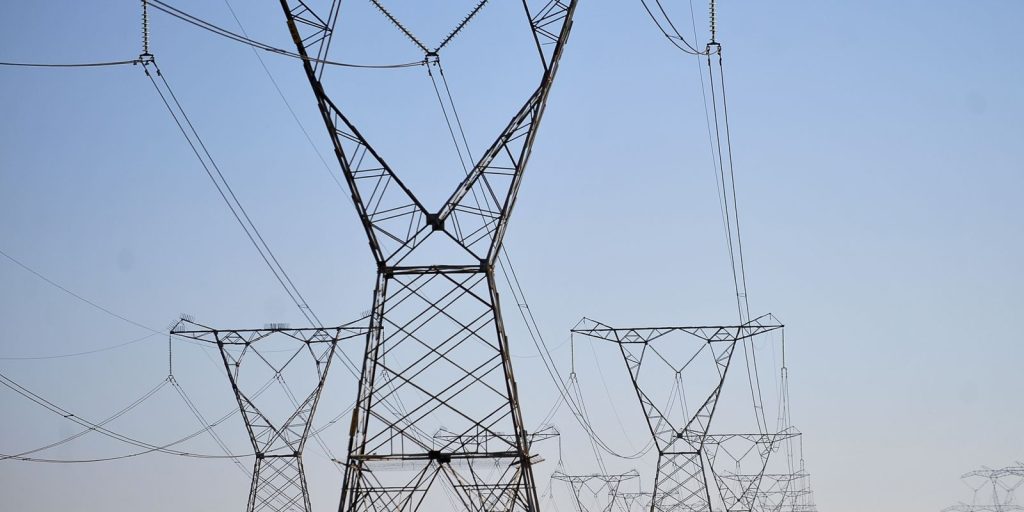The president of Santiago MetroGuillermo Muñoz, together with the mayor of La Pintana, Claudia Pizarro, have presented the progress of the long-awaited Line 9 of the Santiago Metro. During this announcement, they also shared some of the archaeological discoveries that have been made within the framework of this project, which is currently in the environmental processing stage.
The Line 9The 27-kilometre-long line will connect eight districts of the Chilean capital in an estimated time of 35 minutes. These districts are: Recoleta, Santiago, San Miguel, San Joaquín, La Granja, San Ramón, La Pintana and Puente Alto.
The Line 9 Not only will it improve connectivity, but it will also reduce travel time for users by 28%, benefiting nearly two million people, especially in areas that are currently less accessible, such as La Legua and Bajos de Mena. In addition, it will be the first time that the Metro will reach the commune of La Pintana.
The project of the Line 9 The project includes 19 stations, distributed in three construction stages that will be completed between 2030 and 2033, with a total investment of 2.733 billion dollars. The first stage, scheduled for 2030, will cover the section between the Bío Bío station and Plaza de La Pintana. The second stage, scheduled for 2032, will extend from Bío Bío to Puente Cal y Canto, while the third stage, completed in 2033, will take the line from Plaza de La Pintana to Plaza de Puente Alto.
Among the most notable stations are Puente Cal y Canto, which will offer connections with Lines 2, 3, and 7, and Plaza de Puente Alto, which will connect with Line 4. In addition, the Santa Lucia station will be a connection point with Line 1, and Matta will connect with Line 3. With this new line, the Santiago Metro will continue to expand its network, improving accessibility and quality of life for millions of Santiago residents.


















